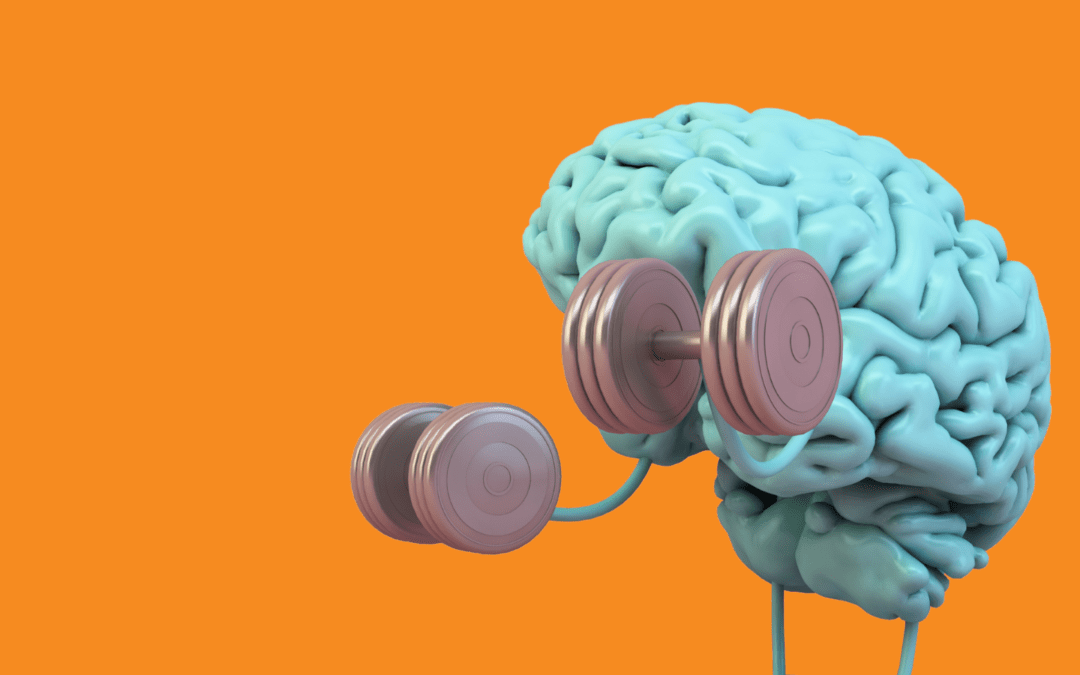Resolutions aren’t hard to come up with. It can be fun, even, to write a list of goals for the upcoming year. I’m gonna get stronger, smarter, kinder, happier. We get to imagine an upgraded version of ourselves from the comfort of our sweats, lounging in bed with Netflix and a pint of ice cream. Sure, a realistic voice in the back of our heads might remind us how infrequently our New Year’s resolutions fall to the wayside. But the impulsive, instant gratification–thirsty part of our brains is powerful enough to keep that voice quiet — at least until December comes back around and that voice is saying, I told you so.
So why don’t New Year’s resolutions last?
Psychology Today reminds us that New Year’s resolutions are just goals — and goals alone don’t tend to pan out.
But the message here is not to abandon goal-setting.
Being conscious of our areas for improvement is where positive change begins. But when in goal-setting activates the rational part of our brains, which is no match for the impulses and habits that emerge when it comes time to implementing those goals.
That’s why we need to work with all parts of our brain — acknowledging its less-than-favorable habits and coaching it to form healthier ones.
Reframing our thinking with neuroplasticity
According to Jeffrey Schwartz, MD, a research psychiatrist with the UCLA Department of Psychiatry, neuroplasticity is a combination of mindfulness and cognitive behavioral therapy (CBT).
Since being trained in the Burmese Theravada tradition, a branch of Buddhism heavily focused on meditation and charity, Dr. Schwartz logged over 15,000 hours of personal mindfulness practice. He defines mindfulness as having “a clear-minded, observational perspective on the experience that you’re having.”
Dr. Schwartz went on to develop a four-step process to change unhelpful thoughts and behaviors that combines mindfulness and cognitive behavioral therapy (CBT) — ultimately using neuroplasticity to our advantage.
He credits this practice for effectively treating conditions such as OCD, depression, anxiety, substance abuse, and everyday mental health challenges.
These steps are:
- Relabel
- Reframe
- Refocus
- Revalue
Let’s unpack how these steps can help us change our thoughts in 2024.
Relabel: When negative thoughts pop up, try thinking of them as passing uncomfortable sensations rather than uncomfortable truths.
Just as our heart pumps blood, our brain pumps thoughts. We have no control over what thoughts enter our minds, yet we often make the mistake of identifying with these thoughts. Your brain could tell you, You don’t feel like going to the gym, so therefore you are lazy, when meanwhile, you’ve spent the weekend running errands, visiting friends, and not getting much sleep. The voice calling you lazy isn’t taking into account that your body needs rest.
Reframe: Accomplishing long-term resolutions or goals means we need to work with ourselves. Dr. Schwartz calls this getting in touch with your wise advocate.
If we base our actions on the thought that I am lazy, then we might end up putting ourselves to work for no reason, when our bodies are telling us to rest. Your wise advocate knows that you need and deserve rest — that you won’t be productive or have a good workout if you’re already burnt out.
Refocus: This is the step where we execute the healthy choice. We’ve heard our wise advocate permitting us to decompress; now we do it.
If exercising more is one of your New Year’s resolutions but your unhelpful thoughts say you’re too lazy, you can refocus by listening to your wise advocate, who is telling you that you can only have a productive workout if your body is getting enough rest.
Revalue: This final step is the direct result of the first three. Revaluing means not giving each thought the power of a reaction because we know that thoughts are just thoughts and not inherent truths.
Thanks to neuroplasticity, when we practice listening to our wise advocate, we get better and better at making healthy choices.
A year of positive change awaits!
Befriend your wise advocate this year. Recognize your agency over the meaning of each thought. And keep paving those neural pathways until the healthy choice becomes second nature. Practice makes possible!


Recent Comments